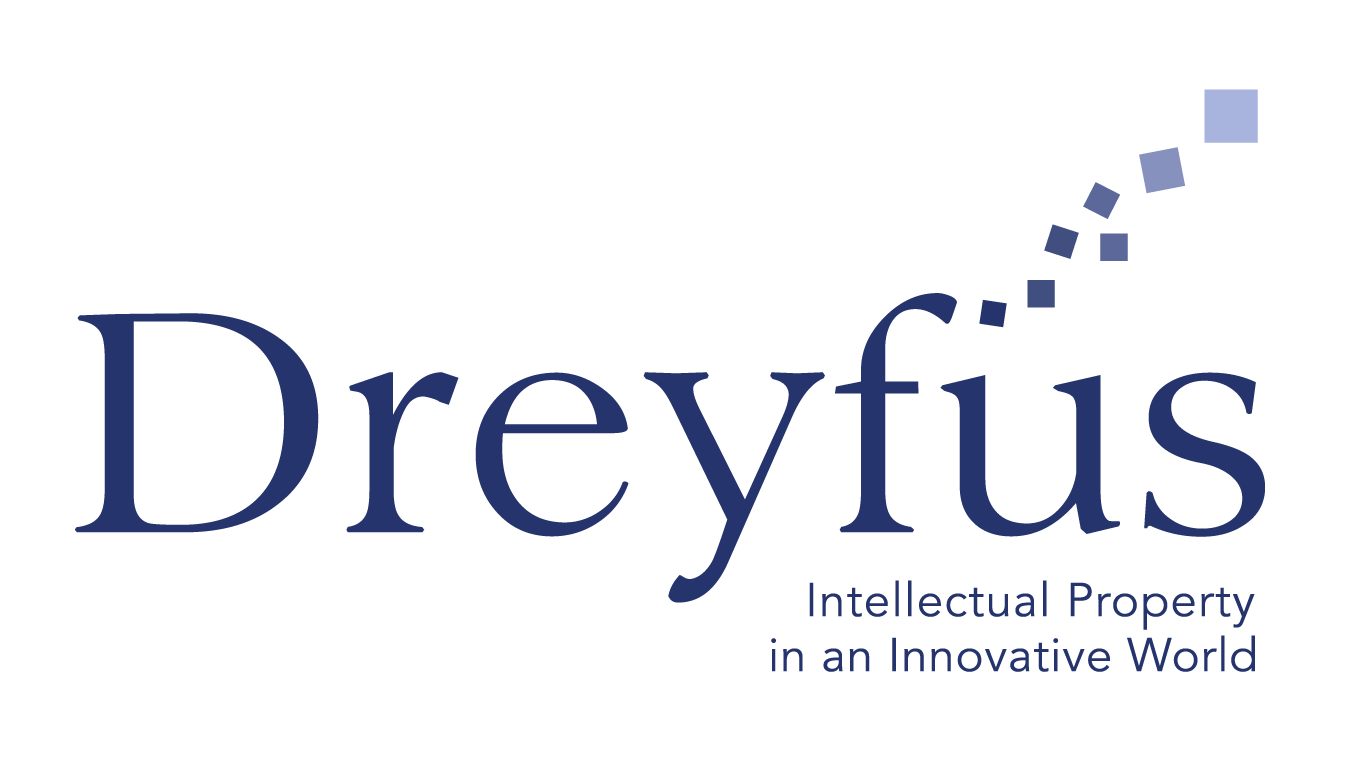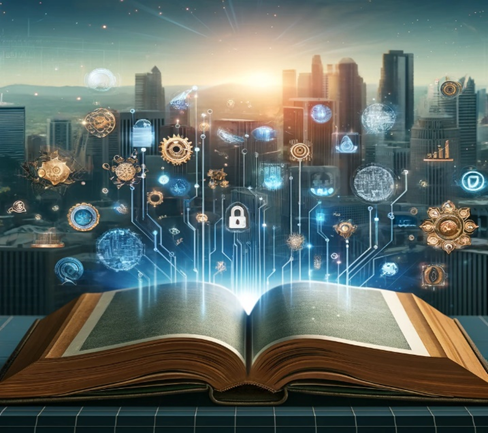Image Générée par DALL E 3ème version Microsoft
In an era where artificial intelligence (AI) and innovative technologies increasingly take a center stage, their legal protection becomes paramount. These innovations, born from substantial investments in research and development, can be secured and valorized through intellectual property mechanisms. This approach is vital for both individual creators and corporations, enabling them to not only protect their inventions but also to foster innovation and market competitiveness.
Fundamentals of Legal Protection for Technological Innovations
The protection of technological innovations is based on various intellectual property rights. Trademark law, copyright law, industrial property rights (including patents and designs), and digital rights law are all applicable depending on the nature of the innovation. For example, an innovative user interface may be protected by copyright, while a new AI data processing method could be patentable. Additionally, the GDPR imposes a strict framework for the handling of personal data, which is particularly relevant to AI applications.
Legal strategies for the valorization of AI
The first step in valuating innovative technologies such as AI is to secure the associated intellectual property (IP). This may include filing for patents, registering trademarks, protecting copyright, and establishing trade secrets to safeguard know-how and confidential information.
The transfer of innovative technologies is also central to the innovation process. It can take various forms, such as the transfer from public research to the private sector, partnership research, or transfer between private organizations. Each type of transfer has its own mechanisms, benefits, and drawbacks that must be carefully evaluated to optimize the innovation’s valuation (Engineer Techniques).
Effective valorization of innovative technologies also requires a clear strategy for their commercial exploitation. This might involve creating spin-off companies, licensing the technology to third parties, or integrating the innovations into the existing products and services of the company.
Finally, navigating the regulatory and legal framework is crucial for the valorization of innovative technologies. This includes compliance with local and international regulations, negotiating technology transfer contracts, and managing the legal risks associated with the use of new technologies.
Legal challenges specific to AI
In the field of AI, monitoring potential infringements of rights and protecting e-reputation become continuously important concerns. Proactive rights monitoring allows for identifying and acting against unauthorized uses, particularly on online platforms and social networks.
Also, the specificity of AI demands particular attention during the negotiation and drafting of license agreements and coexistence agreements. These documents must account for the peculiarities of AI technologies, especially in terms of use, data processing and data sharing, as well as liability.
Case studies illustrating how well-structured legal protection has enhanced AI innovations can be particularly enlightening. Whether through the defence of intellectual property rights, optimization of e-commerce strategies, or compliance with the GDPR, these concrete examples demonstrate the positive impact of an adapted legal approach on the success of AI projects.
Conclusion
Adopting a robust legal strategy is indispensable for the valuation and protection of technological innovations, particularly in the realm of artificial intelligence. This requires a deep understanding of intellectual property rights and an ability to anticipate the specific challenges posed by these advanced technologies. Creators and corporations are therefore encouraged to consult with intellectual property experts. Dreyfus offers personalized support to help you successfully navigate these complex legal waters.

